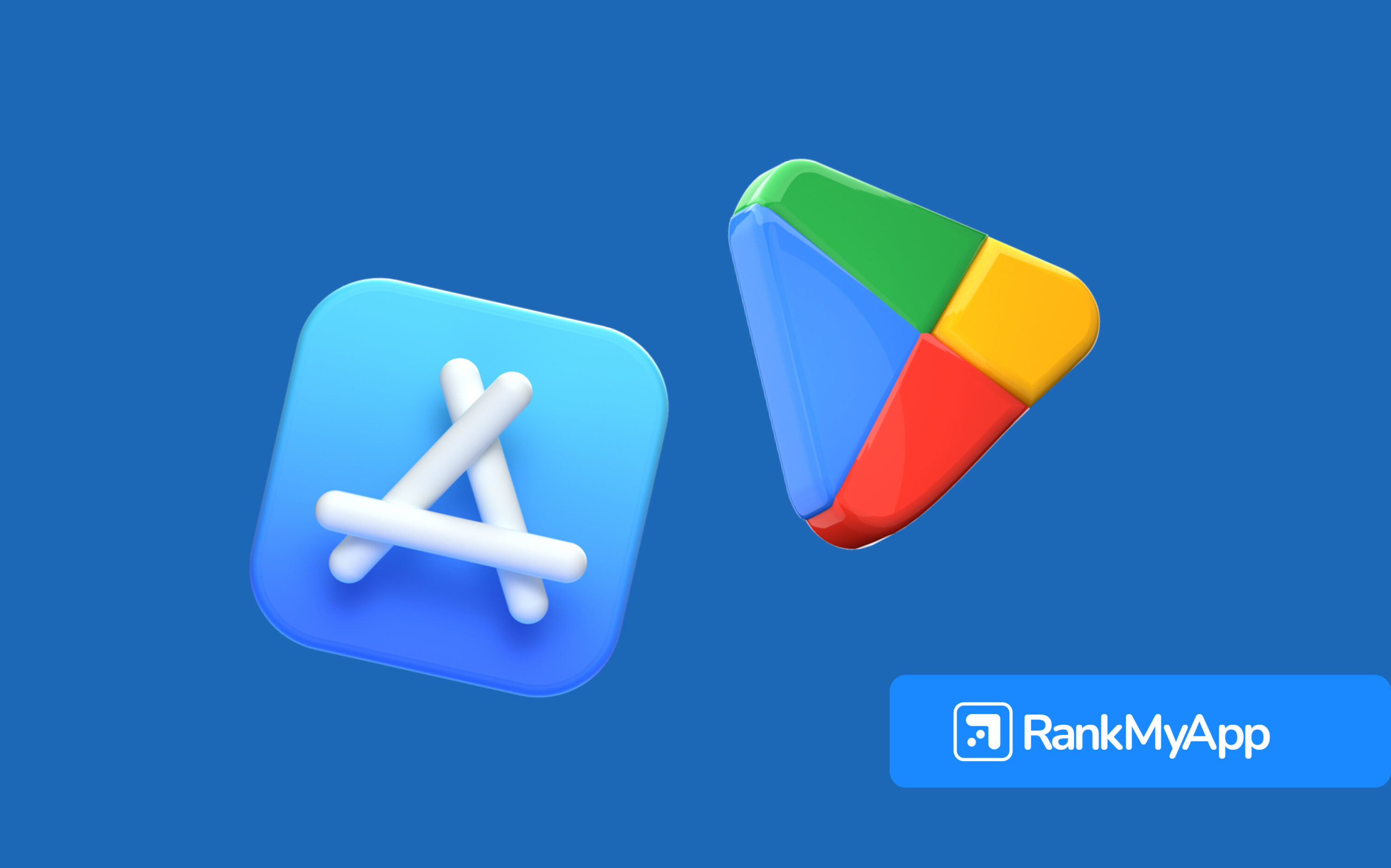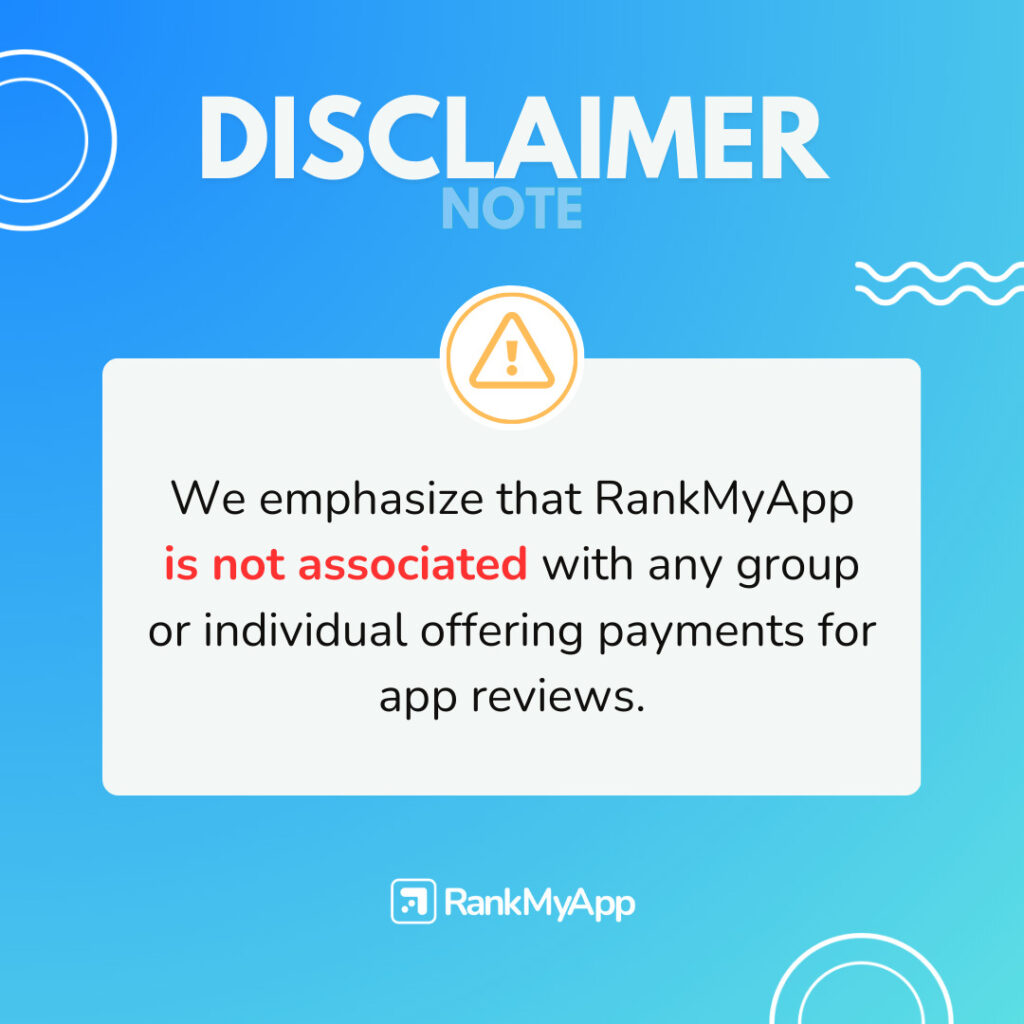With the mobile app market rapidly growing, choosing the ideal app store for your app launch is a critical strategic decision. According to Sensor Tower’s report, the global app market generated over $130 billion in 2022, primarily divided between the two dominant platforms: the App Store (iOS) and Google Play (Android). However, new alternatives, such as independent app stores and regional platforms, are gaining relevance, offering developers new opportunities.
If you’re planning to launch your app, it’s essential to understand the pros and cons of each app store to ensure your launch strategy aligns with your target audience and business goals.
Why choosing the right App Store is key to your app’s success
The app store where you choose to launch your app is one of the most crucial factors that can directly impact visibility, download numbers, and ultimately, your app’s revenue. Each store has its own rules, characteristics, and distinct audiences, meaning selecting the right platform is not just a technical decision but a strategic one that can significantly influence your app’s success.
The two largest stores – Google Play and the App Store – dominate the global market, but there are other regional and niche options that might be more advantageous depending on the type of app and your target audience.
The store you choose directly impacts how your app will be discovered by users, involving factors like ASO (App Store Optimization) efficiency, search structure, and the algorithms that influence visibility within the store.
For example, if your app targets a high-income audience more likely to pay for apps, Apple’s App Store may be the best choice, as iOS users tend to spend more on paid apps and subscriptions. On the other hand, if your app is aimed at emerging markets where users prefer freemium models or ad-based apps, Google Play offers broader reach, especially in countries like Brazil and India.

The two main App Stores: App Store vs. Google Play
The App Store (for iOS) and Google Play (for Android) are the most popular platforms worldwide, offering global reach and millions of active users daily.
Each app store attracts a distinct audience. The App Store’s users tend to be more inclined to spend on premium apps and services. Additionally, Apple’s ecosystem is highly controlled, ensuring a consistent user experience but with more complex approval and compliance requirements. The App Store’s stringent quality standards and fierce competition mean that keyword optimization and descriptions are essential to stand out.
Meanwhile, Google Play stands out for its larger user base due to Android’s global popularity. The publishing process tends to be faster and more flexible, which can speed up the app launch and continuous updates. However, competition is fierce, and monetization is more often driven by in-app purchases and ad revenue, as Android users typically favor free apps.
Independent App Stores: Are they worth it?
Besides the App Store and Google Play, there are other app stores like Amazon Appstore, Huawei AppGallery, and Samsung Galaxy Store that may offer interesting alternatives for developers. These platforms typically have less competition and can boost your app’s visibility, while also providing access to specific audiences, such as Huawei users in China.
However, it’s essential to consider each store’s limitations in terms of global reach and technical support.
Factors to consider when choosing an App Store
Choosing the best app store goes beyond the user base size. Here are some factors to consider:
- Target audience: Where is your audience? Do they prefer premium devices (like iPhones) or more affordable Android models?
- Publishing costs: Apple charges $99 per year to join its developer program. Google Play charges a one-time fee of $25 to publish apps.
- Approval policies: The App Store has a more rigorous process, with apps undergoing detailed reviews. Google Play offers a faster, more flexible process, allowing frequent adjustments post-launch.
- Geography: iOS is stronger in markets like North America, Western Europe, and Japan. Android dominates in emerging markets like Latin America, Asia, and Africa.
Visibility and ASO (App Store Optimization): Which store offers more advantages?
Another key factor differentiating app stores is how their algorithms determine app visibility.
Apple’s App Store heavily relies on an effective ASO strategy, where keywords play a predominant role in searches. This means you need to invest time in selecting the right keywords and optimizing them in the app’s description and title to improve ranking and visibility.
On Google Play, the optimization process goes beyond just keywords.
The choice of app store to launch your app should be based on a careful analysis of factors such as target audience, geography, publishing policies and monetization opportunities. If you are focused on visibility and global reach, Google Play may be the best choice. If, however, you are looking for a user base that is more willing to pay for your app or premium services, the App Store may offer more advantages.
Regardless of which store you choose, the success of your app will also depend on a good ASO strategy, adaptation to the store’s policies and an in-depth knowledge of your audience’s preferences. And we have plenty of experience in all these areas.
Are you ready to launch your app? Start now and maximize your success with the right launch strategy!





